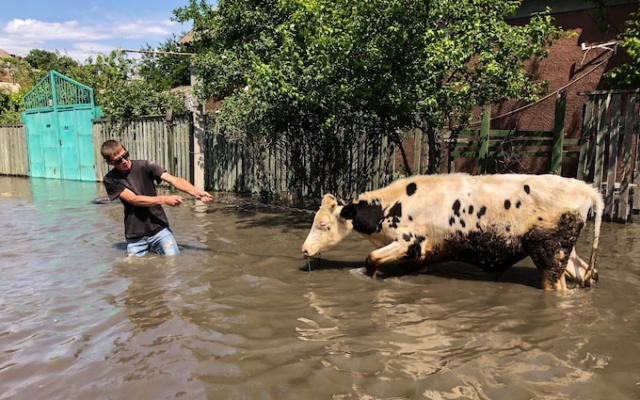 No one was harmed on the Ukrainian-held bank of the Dnieper, except for domestic animals and wildlife. Photo: Global Images Ukraine
No one was harmed on the Ukrainian-held bank of the Dnieper, except for domestic animals and wildlife. Photo: Global Images Ukraine
Vita Lozinskaya survived the occupation, lost her husband to Russian shelling, and learned to live with constant danger on an active frontline.
But nothing could have prepared her for the spectacle that presented itself in front of her when she left on Tuesday morning to inspect the banks of the Dnieper.
“In all the years that I have lived in Kherson, I have never seen anything like it. Trees, cars, everything else is carried away by the stream. Below, in Korabelny, only the roofs of houses are visible. And it's still growing. Water flows and flows.”
“No one I know has died, but the thing is, people can't get their pets out. Many animals have died. And now we have wild animals walking around the city — beavers and roe deer. I saw them myself.”
The collapse of the dam in Novaya Kakhovka early Tuesday morning is probably the biggest man-made disaster in Ukraine since the Chernobyl accident in 1986.
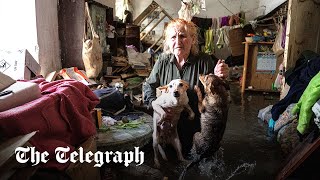
More than 40,000 people were at risk of flooding after the collapse of the New Kakhovka Dam early Monday morning. No human casualties have been reported yet, but this could change as rescuers search for flooded villages. A large number of livestock and domestic animals certainly died.
The long-term impacts on human health and the environment, agriculture and infrastructure cannot be quantified, but it will likely take years to recover.
< p>Attorney General Andriy Kostin said Ukraine will evacuate 17,000 people and 25,000 more people must be evacuated from the Russian-controlled left bank.
The flood did not come in the form of a tsunami sweeping away people, animals and buildings. in one moment of destruction. Instead, it rose like a sea tide, washing away roads, crawling over rapids, and slowly swallowing up houses.
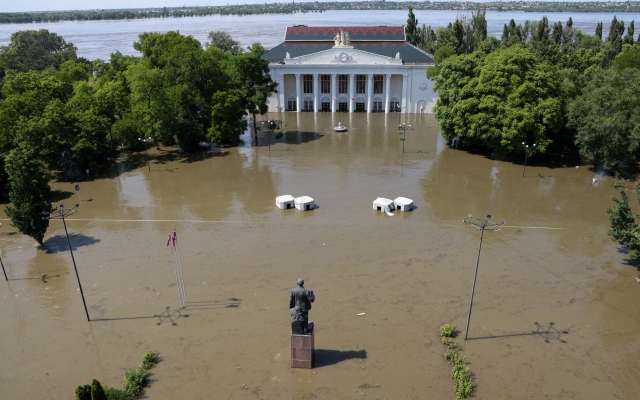 The House of Culture flooded Novaya Kakhovka Photo: via REUTERS/TASS
The House of Culture flooded Novaya Kakhovka Photo: via REUTERS/TASS
“This is the road, and this is the way down to the river,” — said a man from the village of Tyaginka, 15 miles downstream from the dam, as he filmed the flooded plane of what was once a highway, with roofs peeking out. out of the water.
“The water continues to rise. All the houses there were flooded.”
When he turned the camera to the ground under his feet, streaks of water were seen spreading across the ground like a web: “It rises before your eyes. . B—— damn!»
This scene was repeated for 60 miles of the Dnieper between Khakovka and the sea.
Harmless puddles turned into thigh-high ponds, and then into meter-long lakes Debris and debris, including dislodged landmines, fell into the gardens.The mainstream of the river turned into a torrent, carrying trees, cars and, in at least one case, an entire house.
The war didn't even stop there.
Ms. Lozinskaya, who has lived most of her life in Kherson, said buses picking up people from the low-lying Korabelny district on Tuesday morning came under fire from the Russian military.
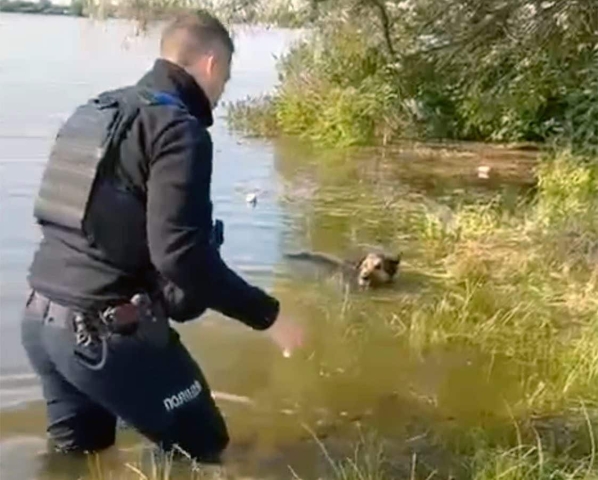 Wildlife and domestic animals continue to be rescued after dam burst Photo: east2west news
Wildlife and domestic animals continue to be rescued after dam burst Photo: east2west news
Another video from an unidentified village in the area shows two men in T-shirts and shorts paddling a boat through the flooded village, shouting «People! » to pull out the survivors.
The rower shuddered and almost let go of the oars when a shell whistled nearby and crashed. «Come on!» his companion said. «There are people there.»
Exploding mines
Meanwhile, the mines placed by both armies to protect the banks of the river shifted and began to explode, raising columns of water into the air.
Zoryana Stelmakh, volunteer driver An ambulance from the charity organization Help Ukraine, arrived in Sadovoe, a village on the Dnieper, a few miles upstream from Kherson, before midnight.
There, at least, it was “quite quiet, not much shelling,” she said shortly after returning to Kherson.
“But the water flows very quickly. When we entered, there was already water, but we were able to pass. On the way back, we tried to find a couple of different roads that we used to take, and we needed to take a different route. We saw houses under water, but not completely closed. I think the water was up to the glass.”
Ms. Stelmakh's team picked up four disabled elderly women, but she said she saw no sign of a massive evacuation operation. Much of the rescue work was carried out by the locals themselves, who wade through knee-deep water or used rowboats to reach their neighbors.
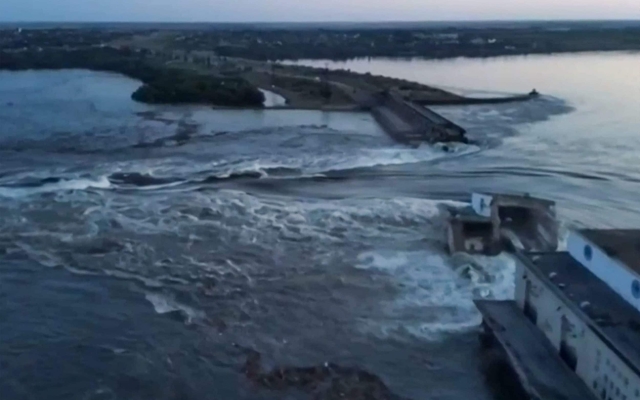 The dam of Kakhovskaya HPP was partially destroyed on Tuesday morning. Photo: AFP
The dam of Kakhovskaya HPP was partially destroyed on Tuesday morning. Photo: AFP
One small shop owner guarded an ice cream freezer and a cold drinks fridge in the middle of the road, just before high tide. He managed to save his supplies from an immediate flood, and it was not clear what he would do with them now.
“The people we saw were most likely used to terrible things. They don't see any rush. They just waited and stood there, figuring out what to do next.”
The river continued to rise throughout the day. By noon, he had covered the foot of the Kherson Park of Glory, a World War II memorial garden descending by a grand staircase to the river bank.
“You can see the speed of the flood, how fast it is moving,” said Oleksiy Goncharenko, a Ukrainian MP. “He's already a few meters taller, probably three meters taller, and we're pretty far from the dam. There is also the smell of engine oil.
Kherson is built mainly on a plateau rising above the right bank of the Dnieper, and its central regions are probably safe. The Russian-occupied left bank lies lower and is home to several towns built on land exposed after the Soviets built the Khakova Dam in the 1950s. The environmental and humanitarian crisis there is likely to be much worse.
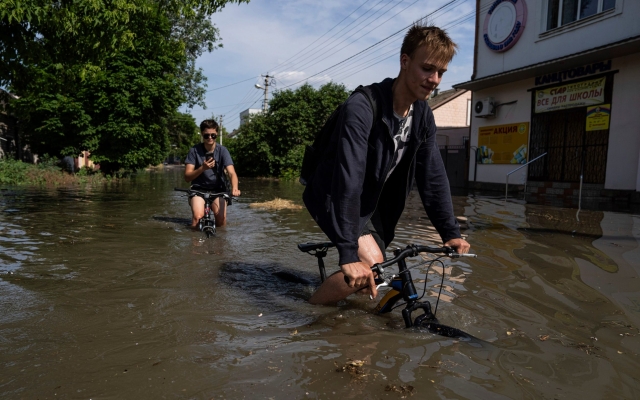 Locals on the Ukrainian side continue #39;normal' ; Photo: Evgeniy Maloletka/AP
Locals on the Ukrainian side continue #39;normal' ; Photo: Evgeniy Maloletka/AP
In Novaya Kakhovka itself, the city center was flooded, about 300 animals died in the zoo. “Only swans and ducks survived,” Ukrainian animal rights charity UAnimals said on Tuesday, citing zoo staff who are afraid to talk about it for fear of reprisals.
“We tried our best to save the Zoo under occupation. Now it is no more,” the official said.
Russian governor
The Russian-appointed governor of the occupied Kherson region, Vladimir Saldo, insisted that the situation was under control, despite the fact that the city center was under water.
p>p>
“Novaya Khakovka and all other low-lying cities are alive and well,” he said in a video message taken from the flooded city square. “People walk the streets calmly. Gas stations are open, some shops are open, even factories.”
He immediately faced ridicule in Ukrainian social networks. But his comments are in tune with the mood on the Ukrainian side of the river, where military life continued outside areas prone to immediate flooding.
This phlegmatic attitude is partly due to the fact that the collapse of the dam was not unexpected. Ukrainian military and civilian authorities have been warning that the Russians could blow it up since they retreated across the Dnieper last year.
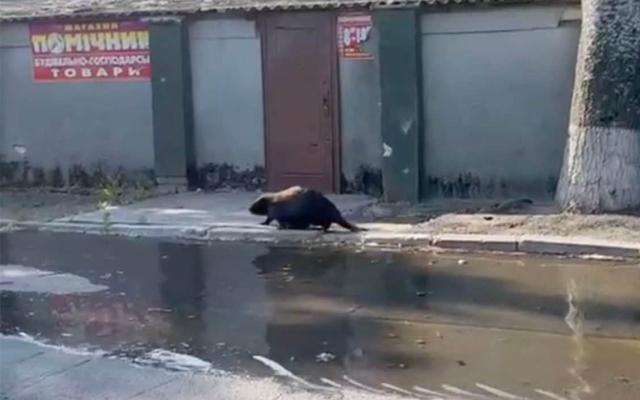 Beavers displaced by a dam break roam the streets of Kherson Photo: east2west news
Beavers displaced by a dam break roam the streets of Kherson Photo: east2west news
As early as October, local media published articles about what could happen and how to deal with such a flood. In addition, another resident of Kherson noted that after a year of war it is already difficult to surprise with something.
“We have known for a long time that this could happen, and which areas are at risk of flooding,” says Larisa Fedotkina, director Kherson City Rehabilitation Center for Disabled Children.
— We are on a hill, so we are fine. The only thing is that the day before yesterday the family of one of our newcomers received a shell right in their yard. So more problems. We recently had another strike on our building. It was our third.”
Ms Fedotkina, whose son Andrei was killed in a Russian shelling of the city in May, added: “We are used to coping with difficulties here. Those who stayed in the city understand what to do.”
“Of course, those who have small children, those who have problems, those who are sick, have left. But all the rest of us understand what we are doing here and why we are here.
“Therefore, the reaction will be… let's just say, twice we had big shots in the middle. People died in the street. But it didn't break us. Our city is good, and, by the way, very beautiful.”



















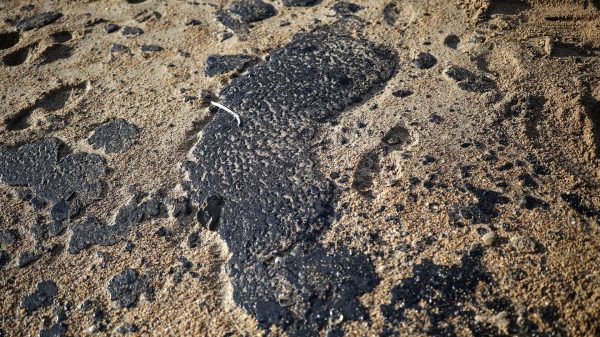
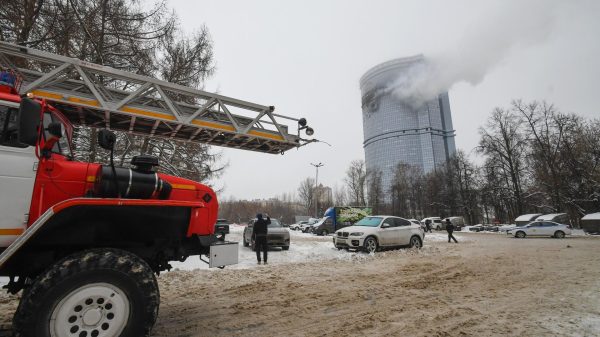
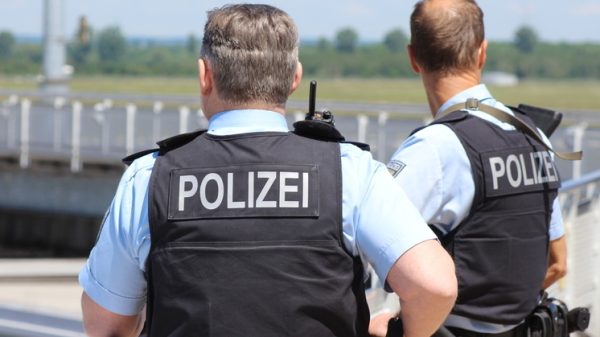
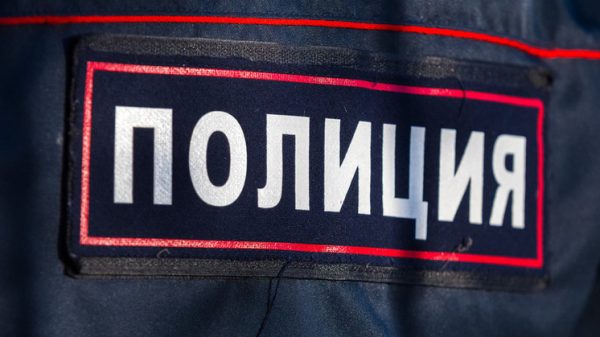






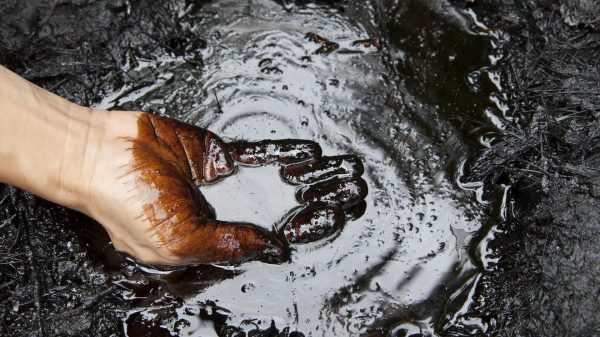
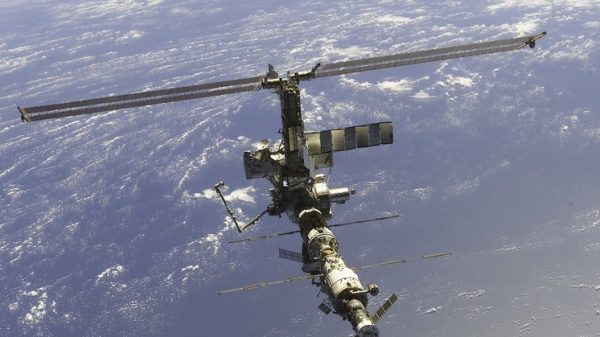



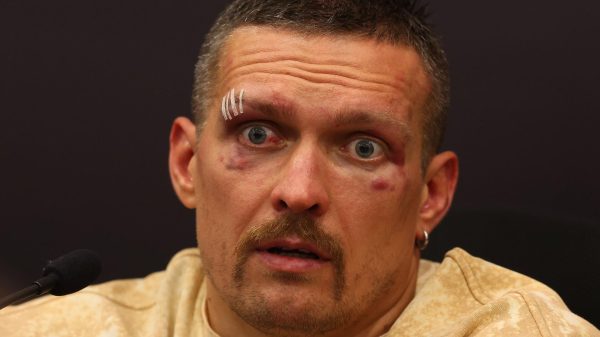


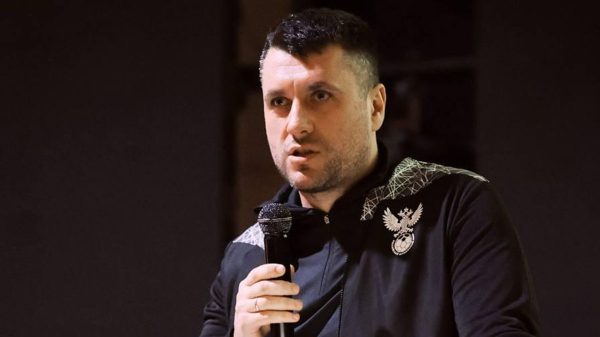










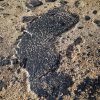
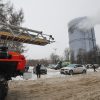

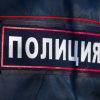










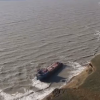


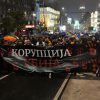

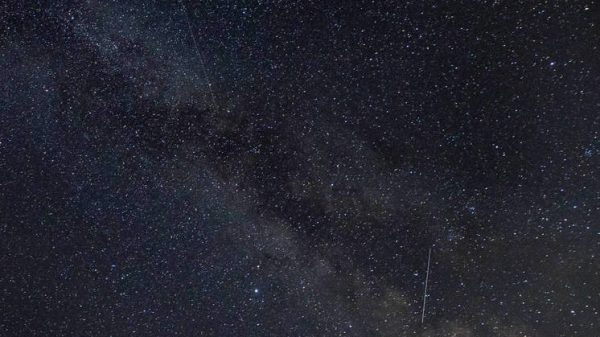


Свежие комментарии